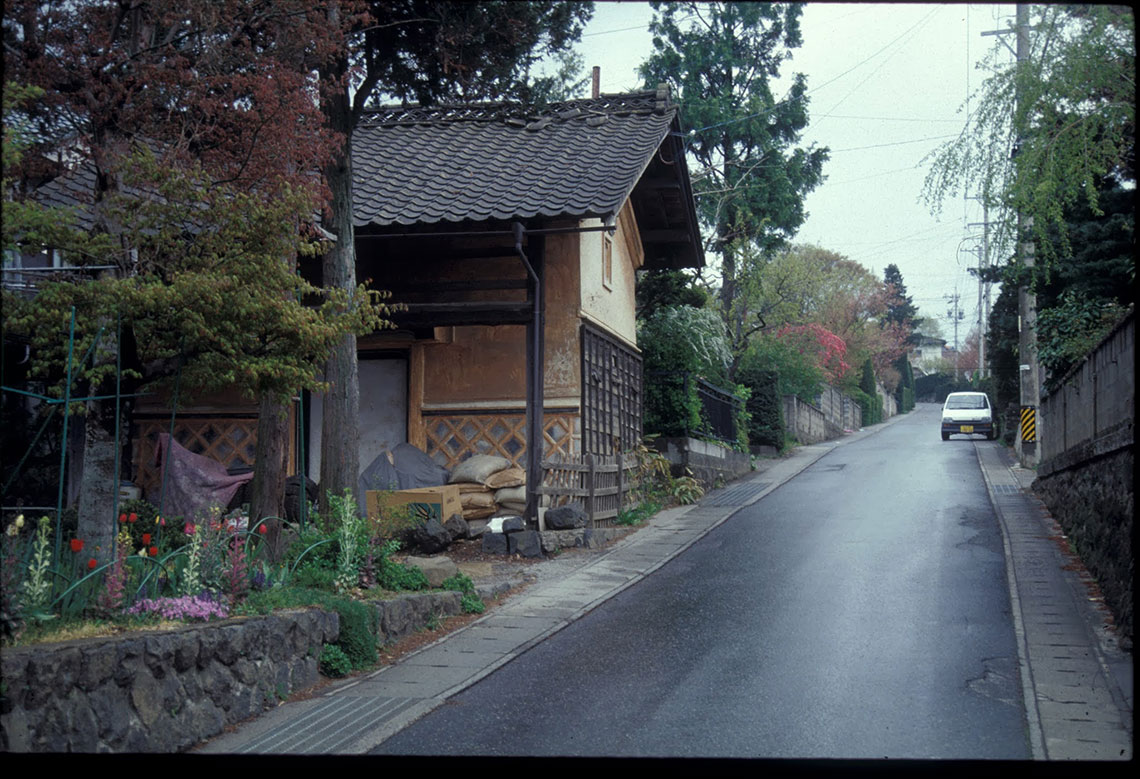Shiojiri has long been an important place. In 1843, it had by far the most inns (75) of any post-town in Nagano prefecture. Today, the old village has grown into a small provincial city because it is now a railroad junction and a major marshaling yard for freight trains. The station, and the new city’s center, stand a little apart from the old post-town which is well preserved.
Shiojiri has long served as a junction town. The name means “salt junction”, indicating that routes for the transport of salt met here. Salt was derived from the sea and to the north of Shiojiri it came from the Japan Sea while to the south, it came from the Pacific Ocean. The name suggests that Shiojiri was the fulcrum of trade in one of life’s main commodities.
The Nakasendo in Shiojiri is overlaid by National Highway 20. Just to the northeast of the post-town lies an earlier post-town, but records do not indicate when or why a move was made. Possibly a change was made in the Nakasendo to bring it through Suwa which lies ahead.
After Shiojiri, most of the way is on the old highway, parallel to Highway 20. There is a long uphill climb toward Shiojiri-toge, passing a pleasant length of pine trees forming a namiki. At the pass, the Nakasendo has a tea house which is unique because it has a roof similar to that of a honjin. This tea house was more specifically for daimyo to stop at than for commoners.



